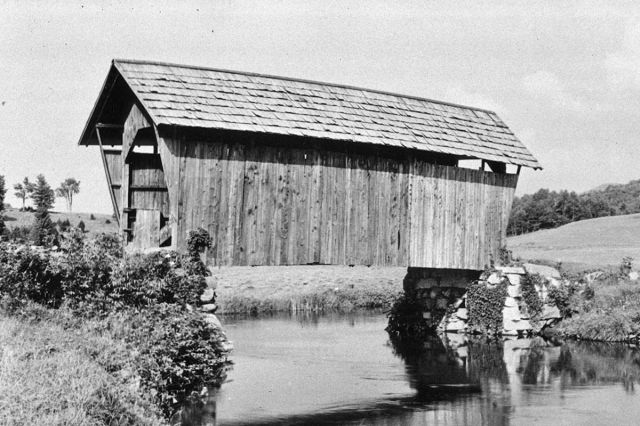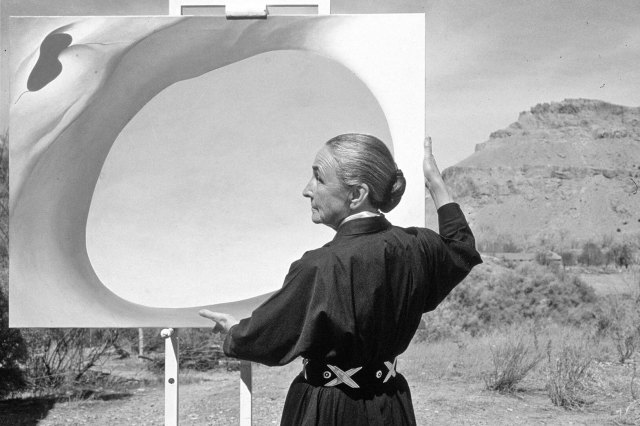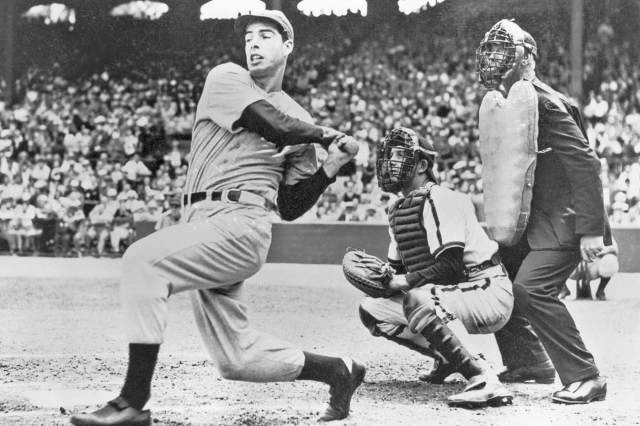Chinese checkers was invented in Germany.
Chinese checkers is a classic board game, featuring several marbles that move along a series of holes grouped into a six-pointed star shape. As in traditional checkers, the marbles can move to empty spaces or jump over adjacent pieces, with the goal of getting all the pieces to one side of the board. Contrary to its name, however, Chinese checkers has nothing to do with China — it’s a variation of a game called Halma (meaning “jump” in Greek). Halma features a square board, and a star-shaped version was invented in Germany around 1880. Originally called Stern-Halma, the star-shaped game was published by the German game and puzzle company Ravensburger in 1892.
The game arrived in America in the late 1920s under the name Hop Ching checkers, and, later, Chinese star checkers. It was advertised as “a game from the Orient for all ages,” but this backstory was invented entirely for marketing, to give the product an air of mysticism. While six-pointed stars such as the one on the Chinese checkers game board have a long history in many cultures, including some Asian spiritual traditions, the board’s star shape actually originated in Germany, decades before the game’s fictional association with China. Nevertheless, Chinese checkers is the name that stuck in the American lexicon.















